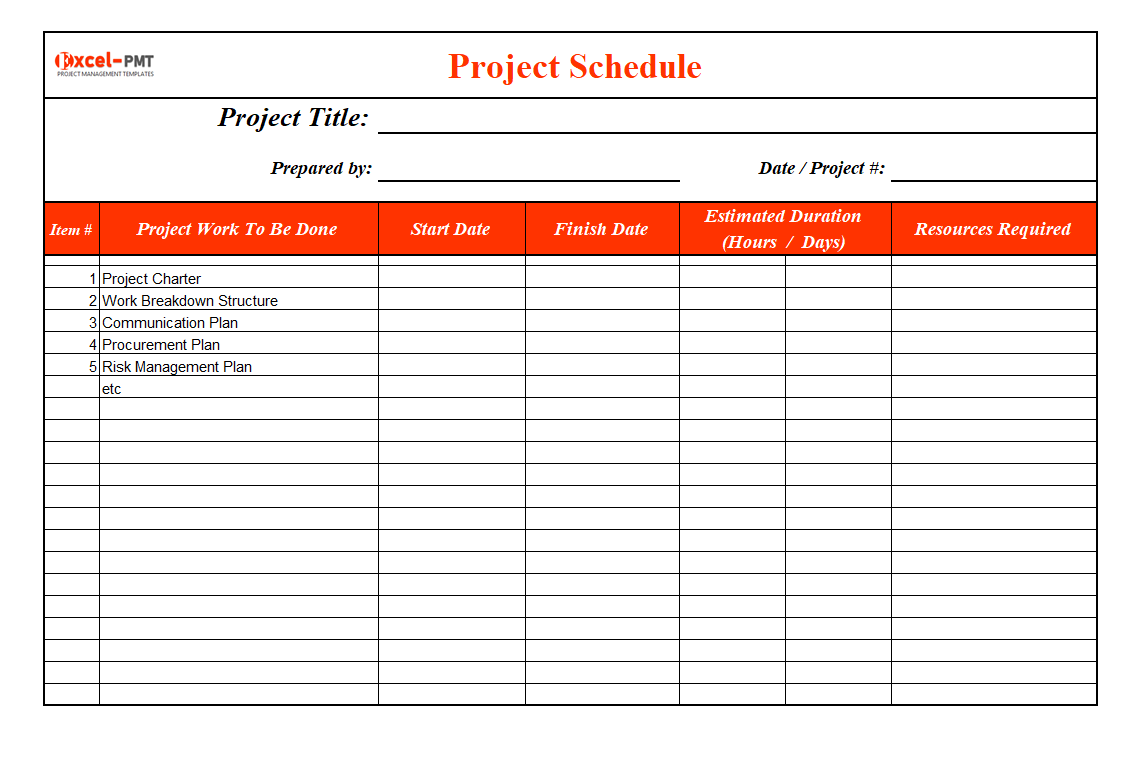Managing a project effectively requires careful planning and organization. One of the key elements of project management is creating a schedule that outlines the tasks, deadlines, and dependencies involved in completing the project. A simple project schedule provides a roadmap for the project team, ensuring that everyone is aware of their responsibilities and the project stays on track.
In this article, we will explore the steps to create a simple project schedule and discuss its importance in successful project management.
What is a Simple Project Schedule?
A simple project schedule is a timeline that outlines the sequence of tasks, milestones, and deadlines for completing a project. It helps project managers and team members visualize the project’s progress and identify any potential bottlenecks or delays. A project schedule also serves as a communication tool, ensuring that all stakeholders are aware of the project timeline and can plan their activities accordingly.
Creating a simple project schedule can be done in a few steps:
1. Define the Project Scope
Before creating a project schedule, it is essential to clearly define the project scope. This involves identifying the project objectives, deliverables, and constraints. By understanding the scope of the project, you can determine the tasks and activities required to achieve the desired outcome.
Key questions to consider:
- What is the purpose of the project?
- What are the specific deliverables?
- Are there any constraints or limitations?
2. Identify the Project Tasks
Once you have defined the project scope, the next step is to identify the tasks required to complete the project. Break down the project into smaller, manageable tasks that can be easily assigned and tracked. Each task should have a clear objective and a defined start and end date.
Key questions to consider:
- What are the individual tasks required to complete the project?
- What is the estimated duration for each task?
- Are there any dependencies between tasks?
3. Determine Task Dependencies
Task dependencies refer to the relationships between different tasks in a project. Some tasks may need to be completed before others can begin, while some tasks can be done simultaneously. Identifying task dependencies is crucial for creating an accurate project schedule and ensuring that tasks are sequenced correctly.
Key questions to consider:
- Which tasks need to be completed before others can start?
- Are there any tasks that can be done simultaneously?
- What are the dependencies between tasks?
4. Estimate Task Durations
Estimating the duration of each task is an important step in creating a project schedule. It helps allocate resources effectively and ensures that the project timeline is realistic. Consider factors such as the complexity of the task, the availability of resources, and any potential risks or challenges that may affect the task duration.
Key questions to consider:
- How long will it take to complete each task?
- Are there any factors that could impact the task duration?
- Do you have enough resources to complete the tasks within the estimated time?
5. Sequence the Tasks
Once you have identified the tasks and estimated their durations, the next step is to sequence the tasks in the project schedule. Determine the order in which the tasks should be completed based on their dependencies and constraints. This will help create a logical flow of activities and ensure that the project stays on track.
Key questions to consider:
- What is the optimal sequence of tasks?
- Are there any tasks that can be done in parallel?
- What are the critical path tasks that must be completed on time?
6. Assign Resources
Assigning resources to each task is an essential part of creating a project schedule. Identify the individuals or teams responsible for completing each task and allocate the necessary resources and skills. Consider the availability and capacity of resources to ensure that tasks are assigned realistically.
Key questions to consider:
- Who will be responsible for completing each task?
- What are the skills and expertise required for each task?
- Do you have enough resources to complete the tasks within the allocated time?
7. Set Deadlines and Milestones
Deadlines and milestones are crucial elements of a project schedule. They help track the progress of the project and ensure that it stays on schedule. Set realistic deadlines for each task and identify key milestones that represent significant achievements or project phases.
Key questions to consider:
- What are the deadlines for each task?
- Are there any milestones that need to be achieved?
- How will you track the progress of the project?
8. Monitor and Update the Schedule
Creating a project schedule is not a one-time task. It requires constant monitoring and updating to ensure that the project stays on track. Regularly review the progress of each task, identify any delays or issues, and make necessary adjustments to the schedule. Communicate any changes to the project team and stakeholders.
Key questions to consider:
- How will you track the progress of each task?
- What are the key indicators of project performance?
- How often will you update the project schedule?
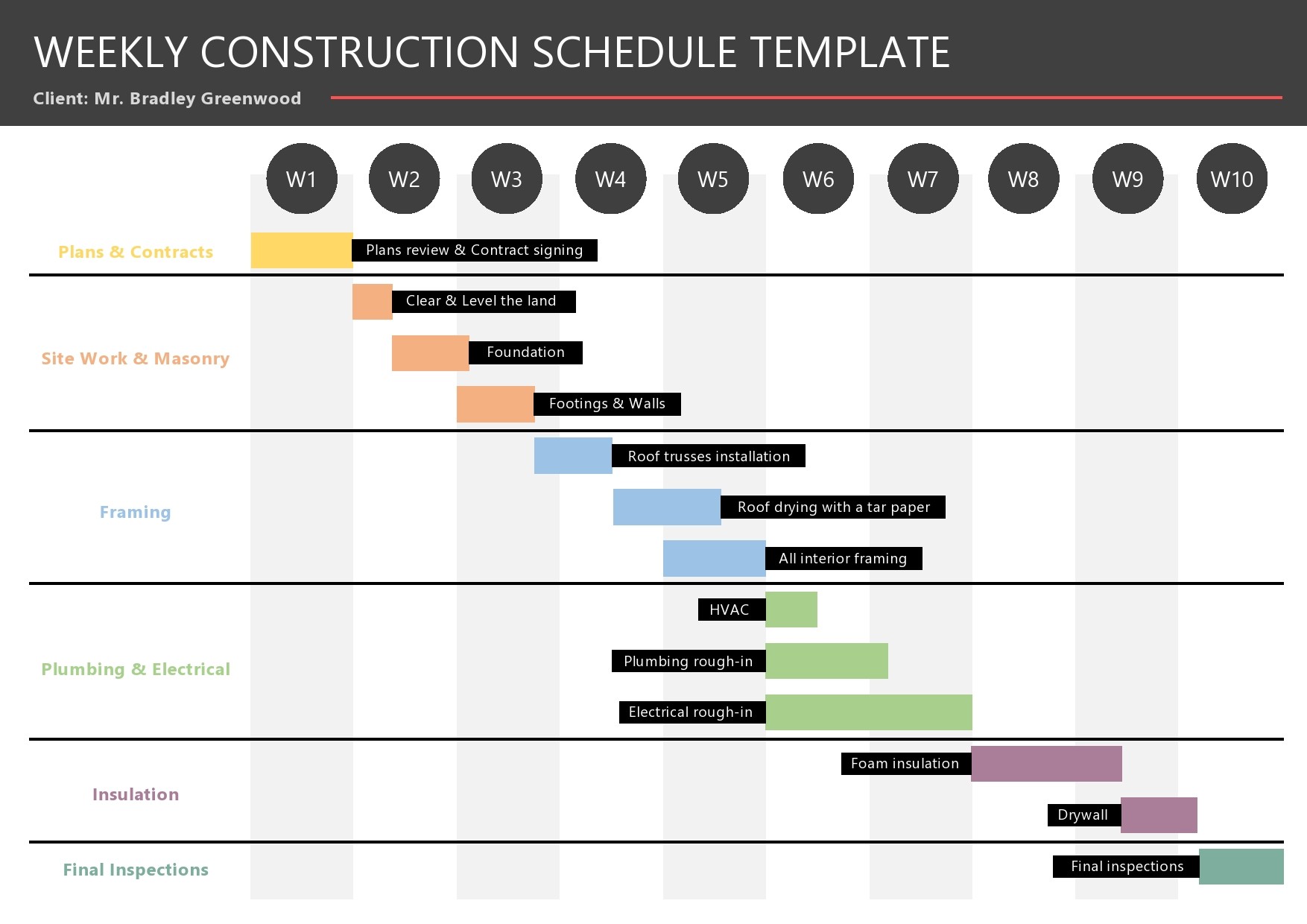
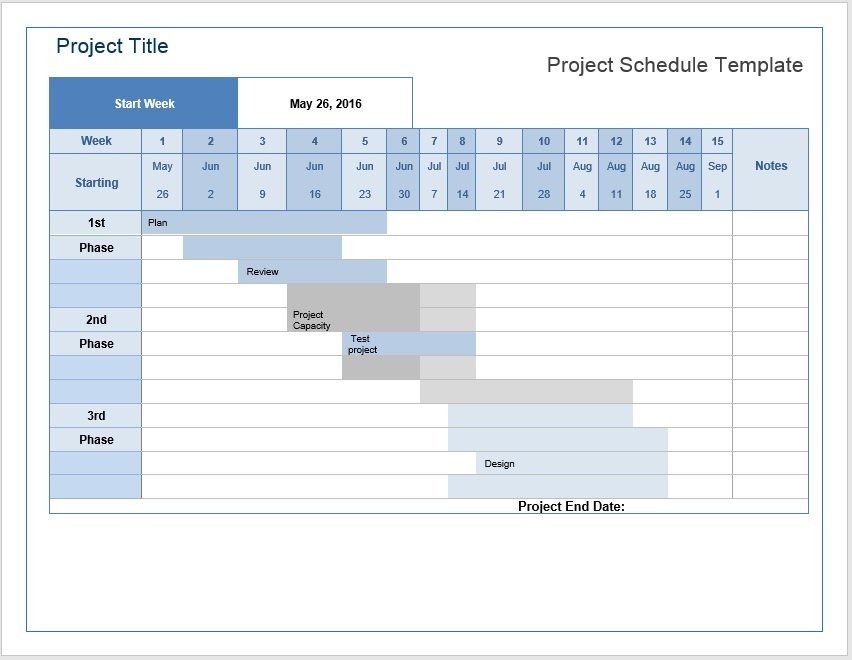
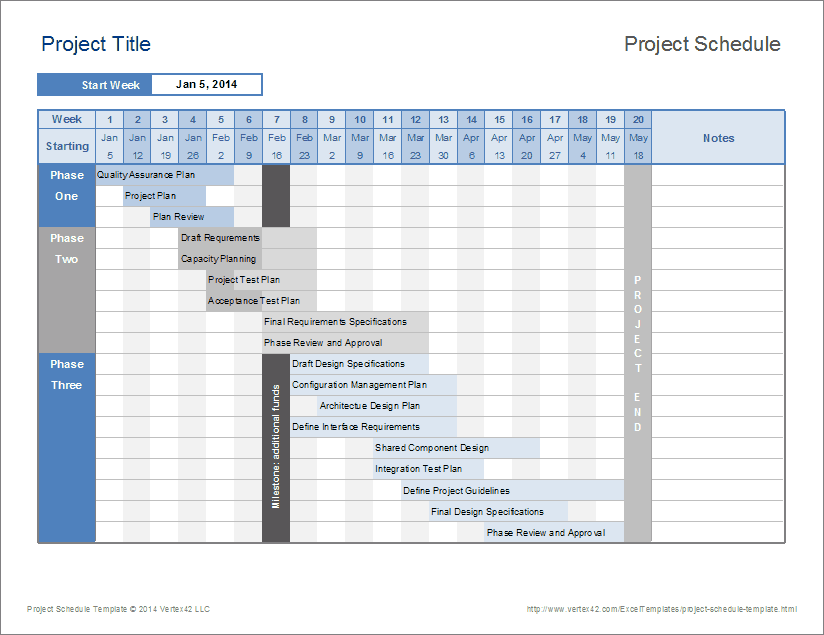
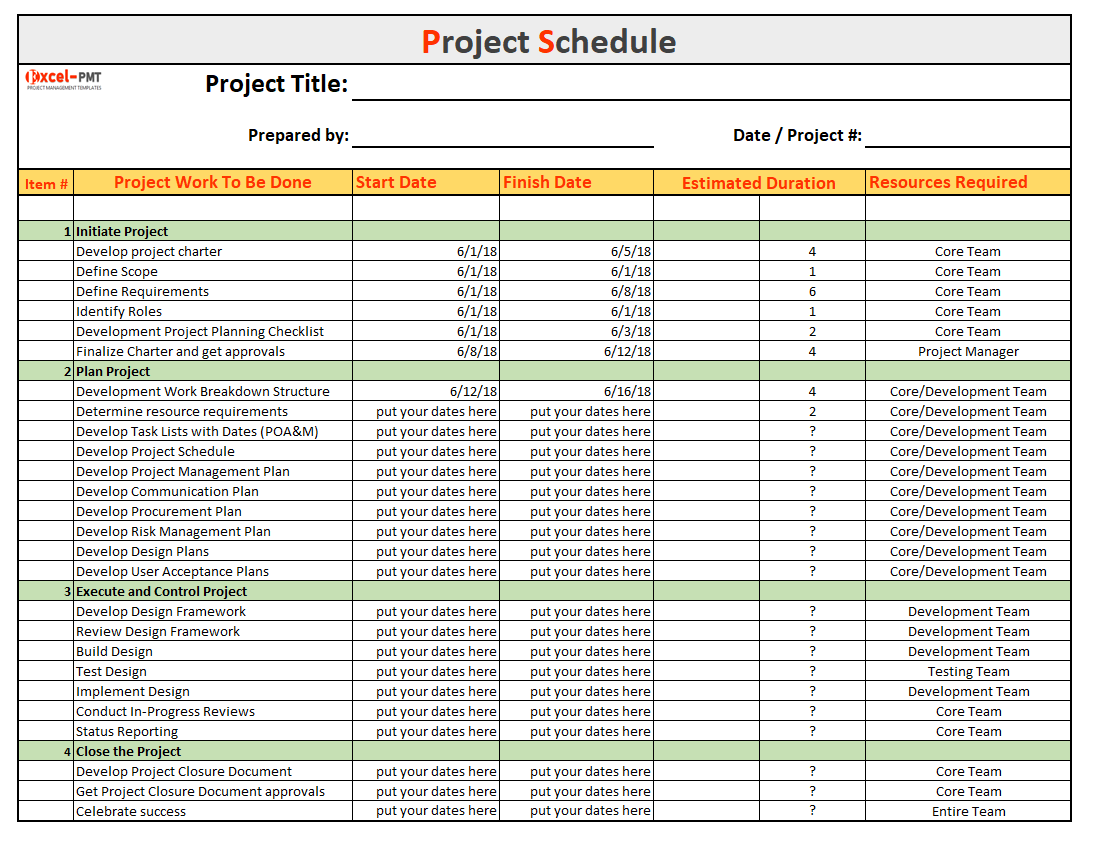
The Importance of a Simple Project Schedule
A simple project schedule plays a crucial role in successful project management. It provides a roadmap for the project team, ensuring that everyone is aware of their responsibilities and the project timeline. A well-defined project schedule helps:
- Keep the project on track and prevent delays
- Allocate resources effectively
- Identify and manage risks
- Track the progress of the project
- Communicate with stakeholders
- Ensure that the project objectives are met
Conclusion
Creating a simple project schedule is an essential step in effective project management. It helps ensure that tasks are completed on time, resources are allocated effectively, and project objectives are met. By following the steps outlined in this article, you can create a clear and realistic project schedule that will guide your project to success.
Simple Project Schedule Template Excel – Download
